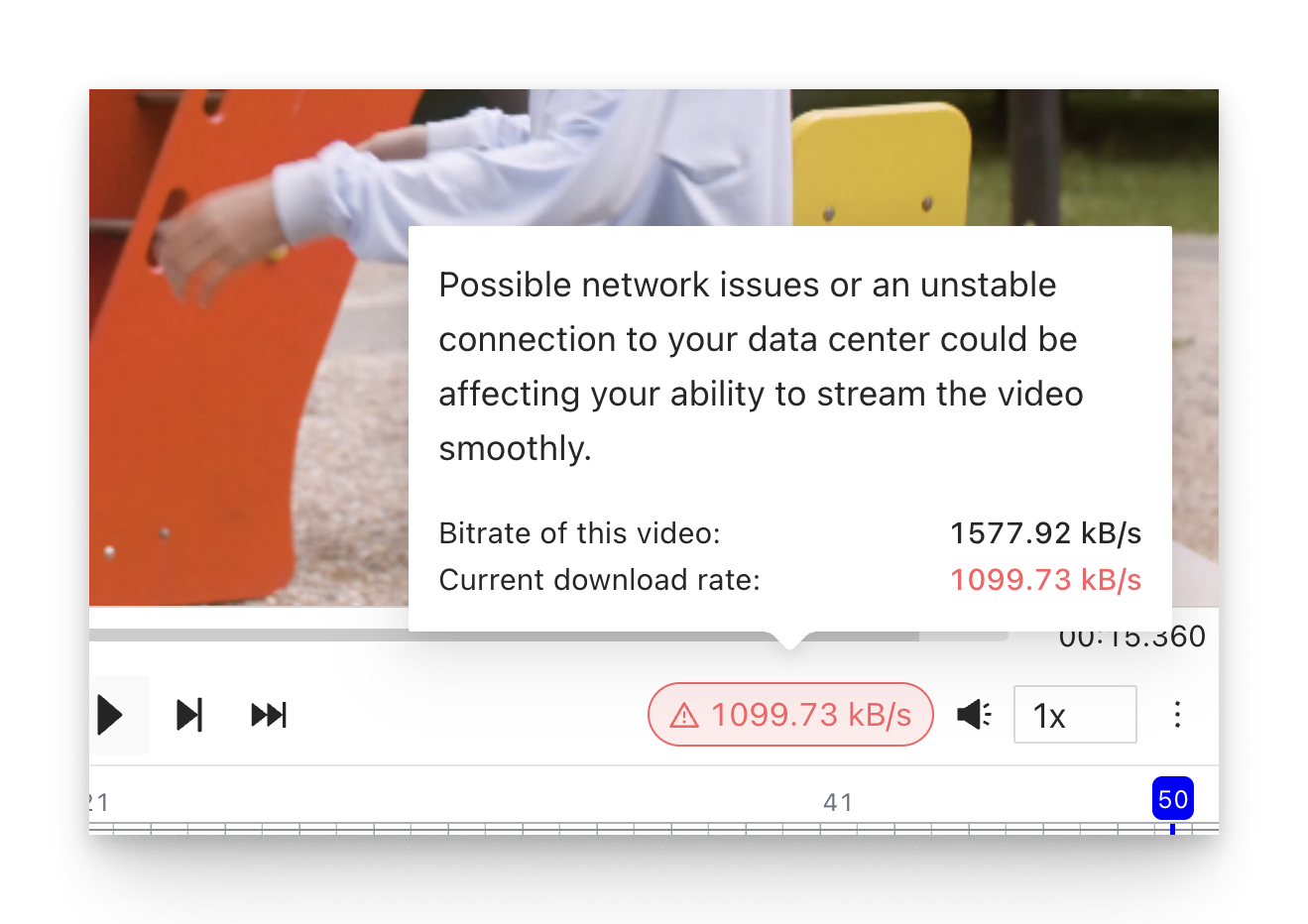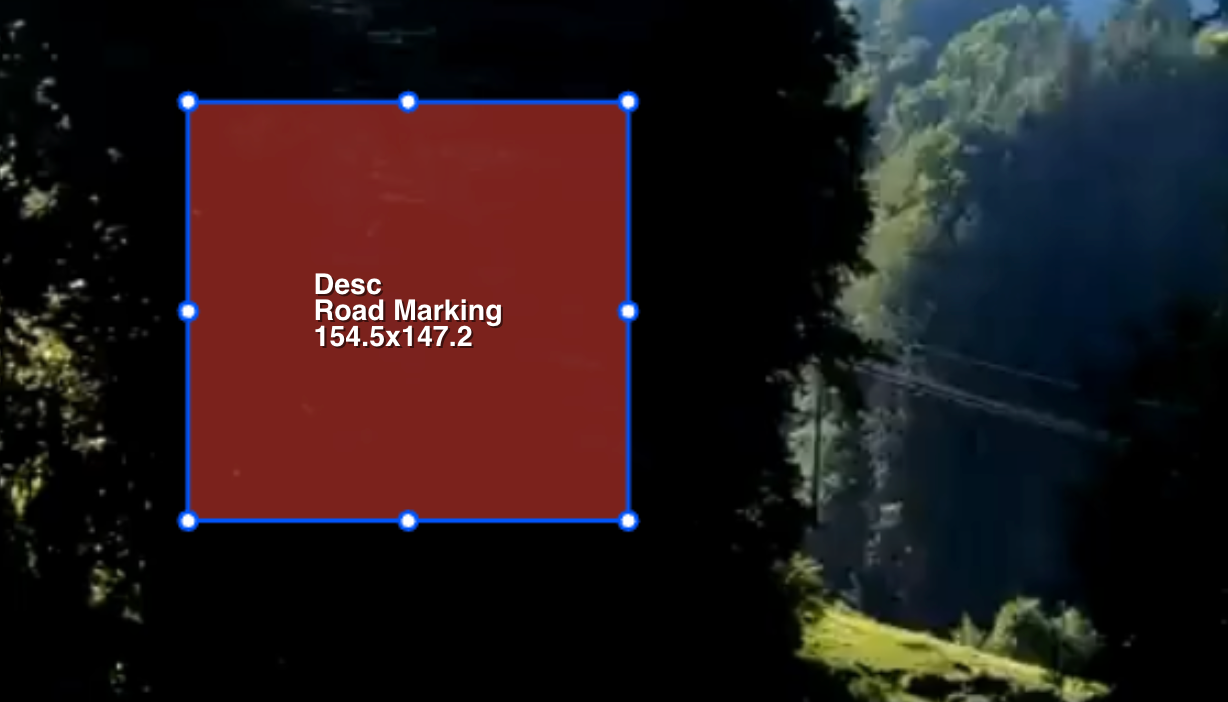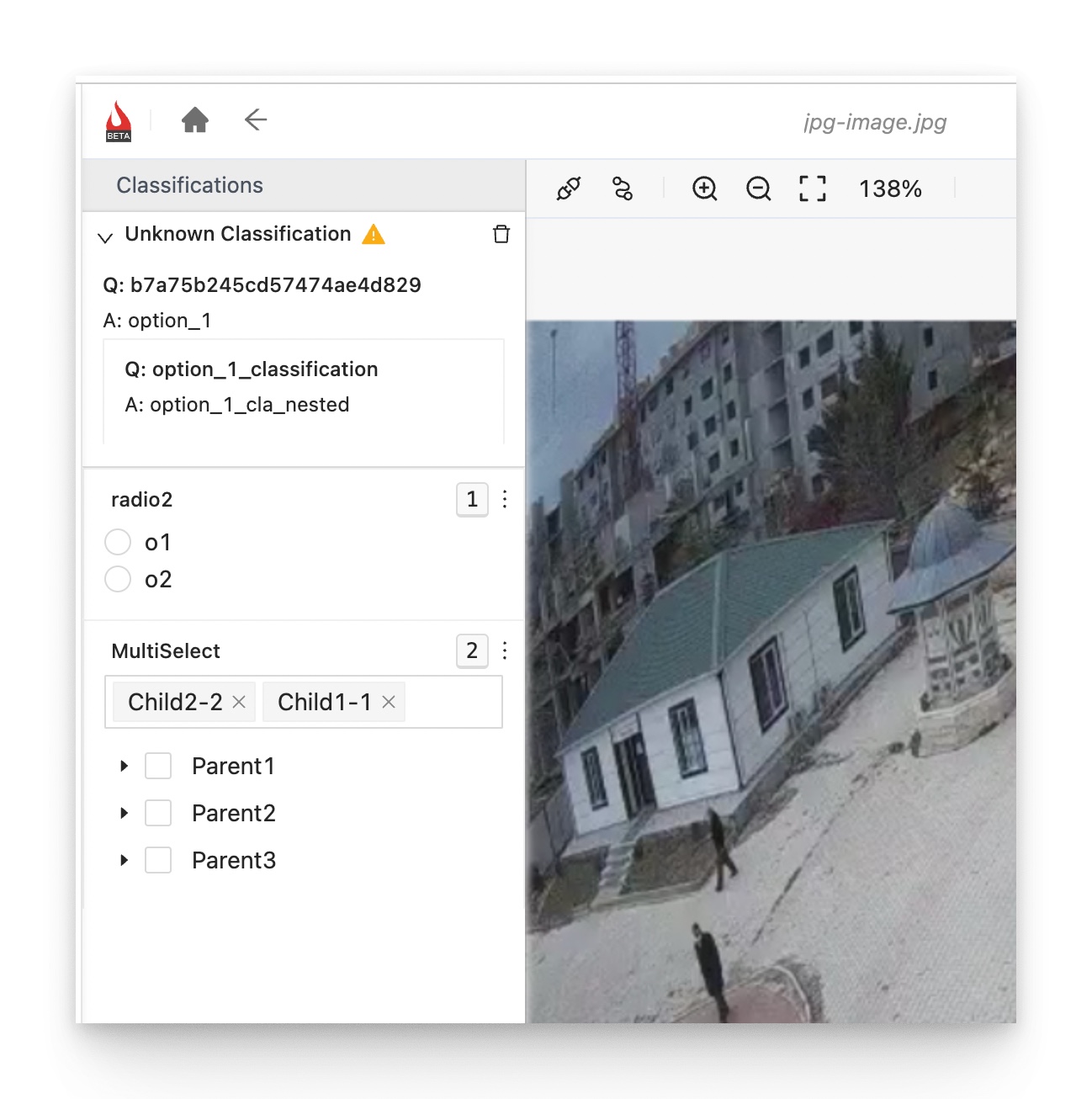Multiple DICOM files can now be imported as a single asset, where they can be annotated at the same time side-by-side. Read more in our docs.
Conversation assets can now be imported using JSON, without the need to connect an LLM. Read more in our docs here.
In the new video labeling editor:
If your download speed is not sufficient to stream video assets smoothly, a warning will appear.

A new button has been added to quickly jump to the current cursor timeline position.

Users can now add a new keyframe without having to edit the annotation, by clicking on the new “Add Keyframe” button when a segment is selected.
You can now delete all the keyframes in a segment in a frame interval of your choice.
When zooming out, if the frame lines would be too close to one another, Ango Hub instead does not show them.
Double clicking on a class instance’s left heading in the timeline table (where the class name is) will scroll the timeline view to the start or end of the segment, whichever is closest.
New buttons have been added to quickly jump to the previous/next keyframe when a segment is selected.
The timeline zoom in/out buttons are now sticky and will not disappear when scrolling through the timeline.
When you zoom the timeline in/out, it will now be centered on the cursor.
For each class instance, in the timeline, the last three to five characters of the instance’s unique Object ID are displayed.
The color of each individual segment may be set as pre-annotations are imported. Read more in our docs.
In the Tasks tab:
Tasks can be added to batches.
Tasks can now be deleted. This also deletes the associated asset from the project.
The table can now be ordered alphabetically by External ID.
Sets of individual DICOM files can now be imported as a single DICOM series, which will be opened in the 3D medical labeling editor rather than the DICOM editor. Read more in our docs.
The image video editor now displays the image’s zoom level, where 100% is the image displayed in its original size.
Organization managers can now create storage integrations with MinIO and S3-compatible storage services. More info on our docs here.
Polygons can now appear curved by enabling the Curved toggle in the category schema.
The playhead in the audio labeling editor now displays its accuracy in milliseconds.
In single tree dropdown classifications, the color marking the currently selected item has been changed for clarity.
Bounding boxes now again display their size when selected or hovered.

If the category schema has been changed in the project, tasks which have annotation data created with older versions of the category schema will display a warning, together with all of the information still available.

In the medical labeling editor, the “B” keyboard shortcut can now be used to toggle borders on/off.
In the medical labeling editor, from the Quick Settings, users can now toggle on pixel smoothing.
In the DICOM labeling editor, a new “Line” tool is available to measure the distance between two points using real-world units.
In the file explorer, after having picked a storage integration, project managers can now manually choose to pick a bucket from a list or manually write down its name. This is needed to select unlisted buckets.
The “Export Storage” option in the project settings now has an explanatory text on how to use the feature, with a link to our documentation.
The Webhook output now contains batch names in addition to batch IDs.
The code input area in the project Label Validation settings is now resizable.
In the project category schema section, the JSON and History sections are now sticky so that they do not disappear on scroll.
In 3D Multi-Sensor Fusion projects, hovering over the blue dialog next to the project’s title will display the project configuration settings.
The performance of opening the Plugin Sessions dialog has been dramatically improved.
When users import multi-image assets, each image in the asset is now counted towards the asset limit for their organization.
The background service managing the importing of annotations and notifications has been migrated to a faster, better-performing database, potentially improving speed and stability.
A number of libraries have been updated to address potential security vulnerabilities.